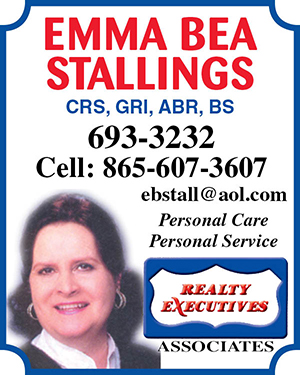Traffic calming policy expected to change
In light of Sonja Drive residents seeking relief from motorists speeding on their road, Farragut Board of Mayor and Aldermen revisited its traffic calming policy during a workshop before its regular meeting Thursday, April 13.
While it took no action, Board members indicated the policy would be addressed at a future regular meeting.
“Vice Mayor (Louise) Povlin has been requesting that we be able to come and talk as a group about looking at the policy, updating the policy,” Town administrator David Smoak said.
“In November, we talked about possibly needing to address this in light of what happened with Sonja Drive, with so many people on Sonja Drive supporting having traffic calming (measures) and then getting it voted down because of the affected area,” Povlin said. “Peterson Road has the same issue. (Its residents are) dealing with a great deal of speeding. They won’t be able to have the traffic calming they need.”
The problem they are facing is the current policy allows people living in the “affected area,” which is away from the “speed zone” road being impacted, to vote, she noted.
“At that time, we had an assistant Town engineer on staff char
issue forward.
She looked at plans from other area municipalities and favored Nashville’s policy, which does not have the “affected” group being allowed a vote.
“They just have the speed zone,” Povlin said. “People who are in the speed zone and are dealing with the speeding, that’s the only people who have a say.
“When I looked at our policy, I said ‘that’s what’s shooting down a lot of this, and we’re leaving these roads unsafe’ even though overwhelmingly the people who live on it are asking for a solution,” she said.
As such, she is looking at the following amendments:
• Neighborhoods applying for traffic calming manage their own education efforts and outreach with Town staff only serving as a resource and ensuring compliance of policy.
• Taking “affected area” residents having a vote out of the policy.
“I wonder if there’s a way to take the load off (staff) but not leave it up to the residents in that area,” Alderman Drew Burnette said. He said he was concerned about misinformation going out that could affect the outcome of a vote.
“When staff handles it, we know everything’s going to be above board,” he said, suggesting a committee be formed to handle traffic-calming requests.
Also, “we promote so much inner-connectivity in the Town, so we want you to be able to move from this place to this place using back roads, neighborhood roads, so I’m not sure I love taking the extended area out for that reason,” Burnett said. “I understand it’s not fair to allow those people to constantly stop by putting (speed bumps) in … If we could use an extended area or have their votes mean less but still mean something.”
Mayor Ron Williams disagreed with Burnett regarding the affected area vote, saying, “You can drive in this area you are talking about at the speed limit.
“It’s not like we’re preventing these people from driving there,” he said. “If we had a gate and said ‘you can’t drive here,’ then, OK … we need to let them participate (in a vote).
“But they can drive through this area at the speed limit if they choose to,” Williams said. “If they don’t choose to, then they’ll choose another way.
“Everybody should adhere to the speed limit of the area,” he said.
“I’ve always thought the current policy was counter-intuitive to allow folks who are not directly impacted to have a vote,” Alderman Scott Meyer said. “I don’t see an impact to connectivity by putting in mechanisms that are going to force folks to drive the speed limit.”
“I agree with Scott and the vice mayor,” Alderman David White said


